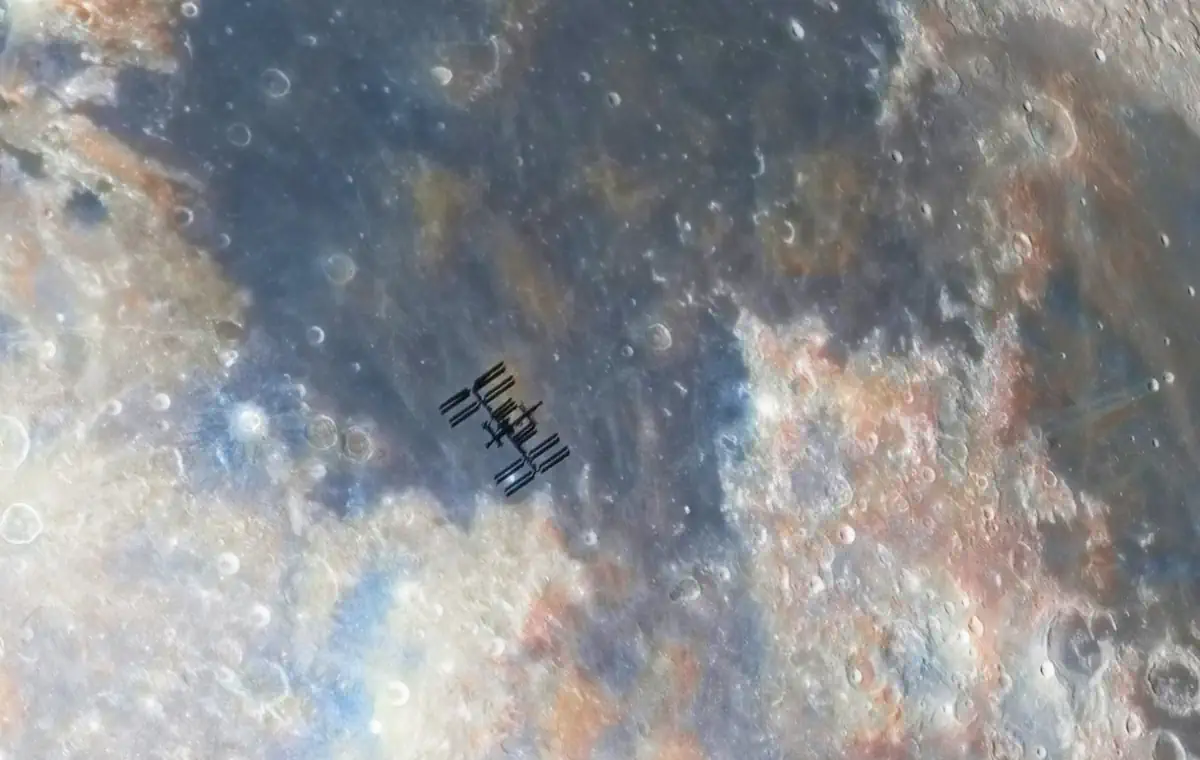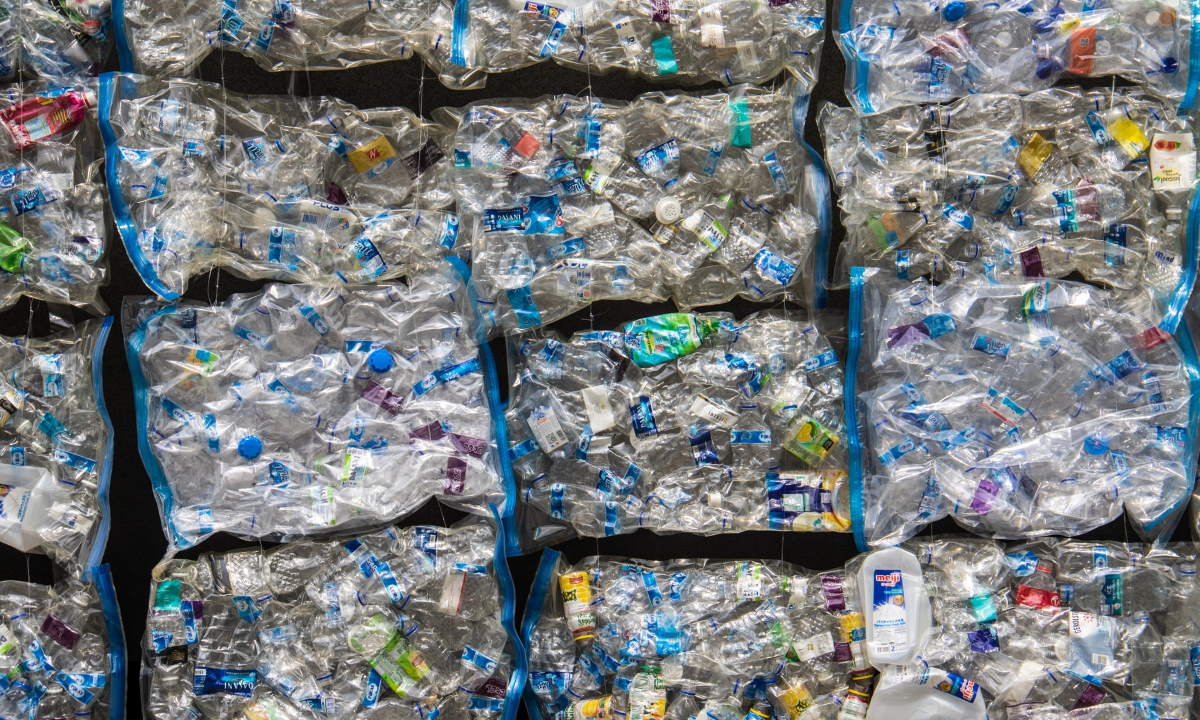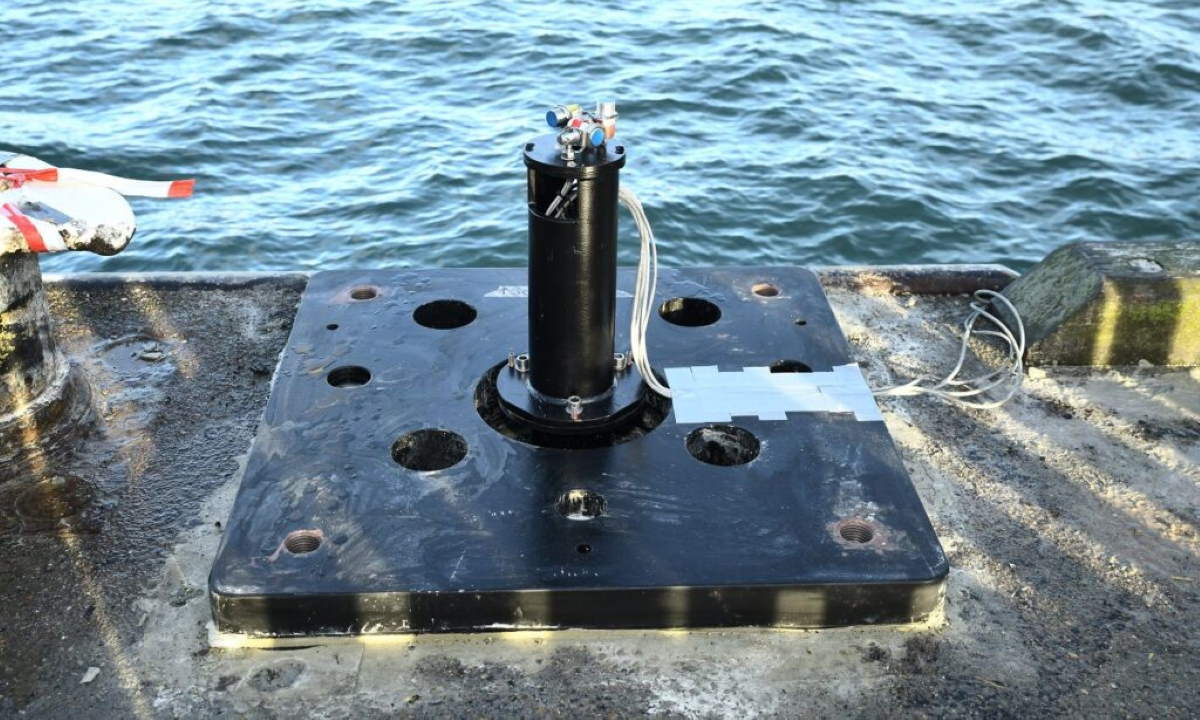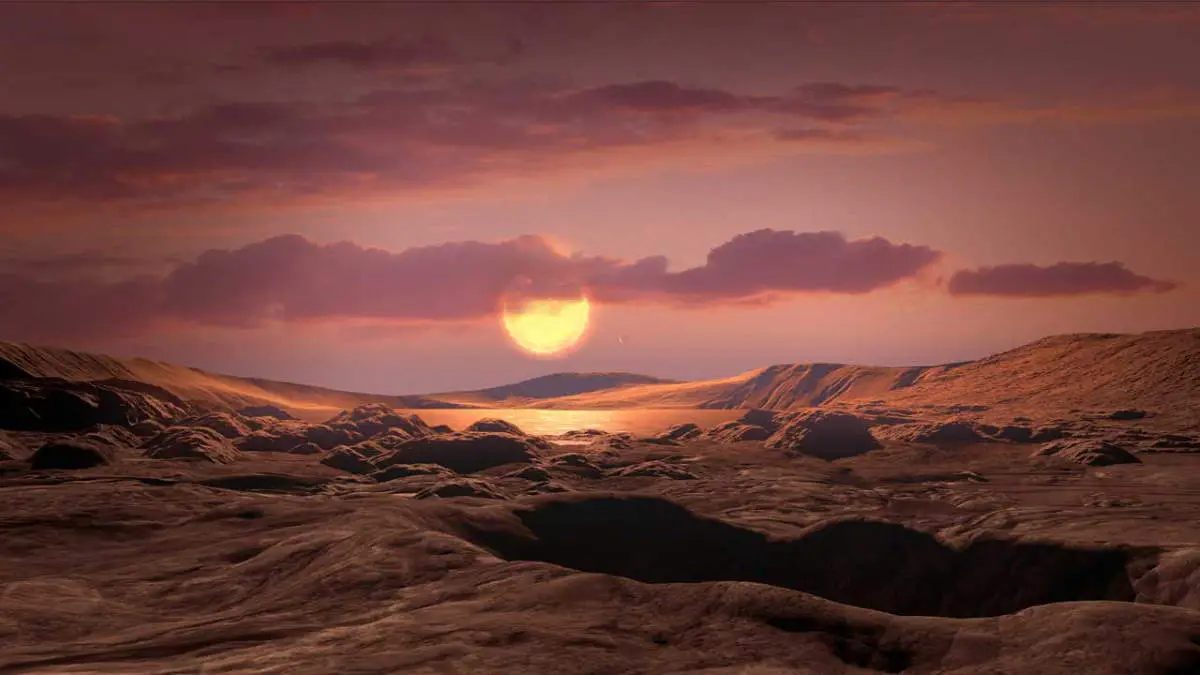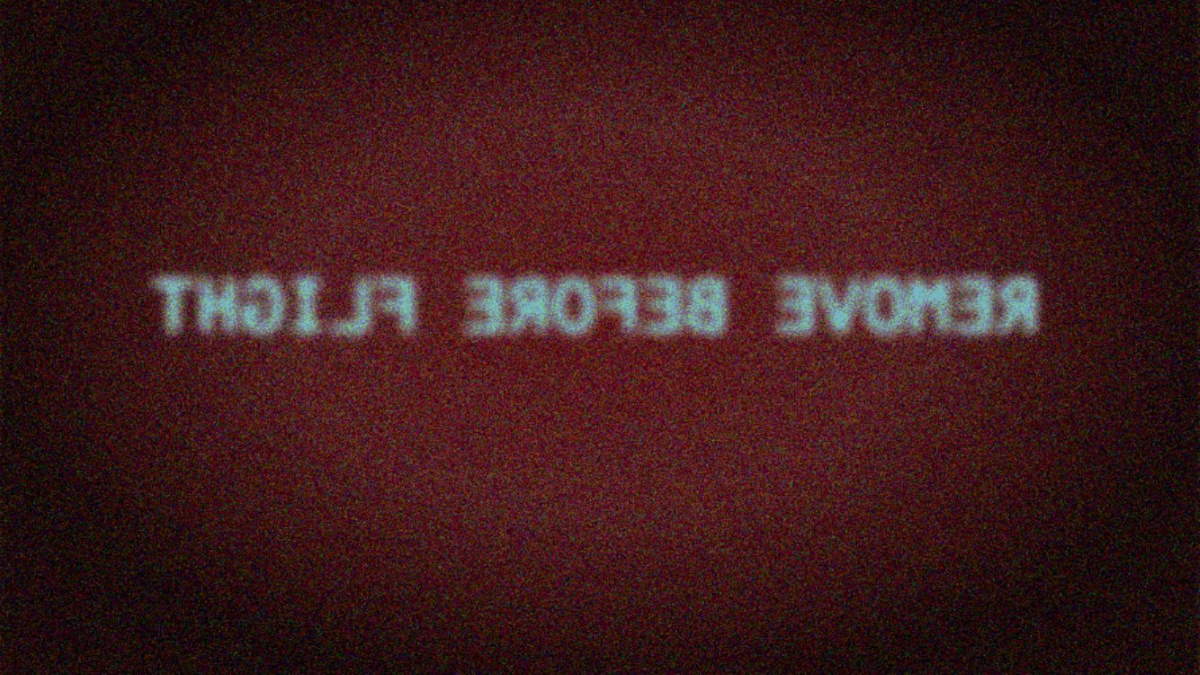An interesting question: do giraffes get struck by lightning more often than other animals? At first, it looks funny, but when you think that giraffes are way taller and pointier than other land animals, why they shouldn’t be? And, interestingly, there are studies about that subject, and some of them are even peer-reviewed!
Continue reading “Do giraffes get struck by lightning more often than other animals?”ISS Transiting Moon over the Apollo 11 landing site! [Amazing video]
Astrophotographer Andrew McCarthy published on his Twitter account an amazing video of the International Space Station (ISS) transiting the Moon, over the landing site of Apollo 11, the first moon landing mission. Such an incredible amount of human achievement is represented in just one short video!
Continue reading “ISS Transiting Moon over the Apollo 11 landing site! [Amazing video]”Carbon Capture Technology Explained (Video)
As a civilization, we’ll pay a huge price if we can’t get carbon out of the Earth’s atmosphere because of the ongoing runaway climate change. Some kind of carbon capture technology that captures atmospheric carbon dioxide and stores it underground became vital to keep Earth from dangerous global warming. We need to clean up the skies and we must do it fast.
Continue reading “Carbon Capture Technology Explained (Video)”Tonga’s Hunga volcano eruption from space, amazing video
Satellite imagery captures Tonga’s Hunga volcano erupting. The Hunga Tonga-Hunga Ha’apai volcano erupted for the second time in 2 days and the National Oceanic and Atmospheric Administration’s (NOAA) GOES-West satellite captured imagery of the eruption. The eruption also triggered a tsunami that hit the South Pacific Kingdom of Tonga. This time-lapse video composed of images taken from space shows how powerful the eruption was.
Continue reading “Tonga’s Hunga volcano eruption from space, amazing video”Stranded in space: the story of Sergei Krikalev, the last Soviet cosmonaut
Soviet cosmonaut Sergei Krikalev (born August 27, 1958) was in space when the Soviet Union fell apart in 1991. He was stranded on board the Mir Space Station during the dissolution of the USSR. As the country that had sent him into space no longer existed, his return was delayed until further notice. He stayed in orbit for 311 consecutive days, twice as long as the original duration of the mission. He eventually returned back to earth – to a very different nation.
Continue reading “Stranded in space: the story of Sergei Krikalev, the last Soviet cosmonaut”10 Coolest Ways to Transform Waste for Housing
Home building and design have come a long way. While most homes rely on materials like concrete, plaster, and masonry, new technologies are making it easier to convert construction and household waste into usable materials – opening up more doors for eco-friendly buildings.
Continue reading “10 Coolest Ways to Transform Waste for Housing”3 Benefits of Using Smart Mooring In Monitoring Climate Change
One of the parts most damaged by the current rate of climate change is Earth’s bodies of water. Scientific forecasts have estimated that in the next century, almost all coral reef habitats on our planet will be decimated. This is largely due to continuing ocean acidification among other practices done by humans, which all drastically destroy our coral reefs and underwater ecosystems.
Continue reading “3 Benefits of Using Smart Mooring In Monitoring Climate Change”NASA introduces a new logo for extending International Space Station operations through 2030
On December 31, 2021, the Biden-Harris administration extended the International Space Station (ISS) operations through 2030. Today, NASA has introduced a new International Space Station logo for extending operations.
Continue reading “NASA introduces a new logo for extending International Space Station operations through 2030”Early Earth was a horrible place for Life because of UV radiation
Earth has had a long and complex history since its formation roughly 4.5 billion years ago. Initially, it was a molten ball, but eventually, it cooled and became differentiated. The Moon was formed from a collision between Earth and a protoplanet named Theia (probably), the oceans formed, and at some point in time, about 4 billion years ago, simple life appeared.
Continue reading “Early Earth was a horrible place for Life because of UV radiation”Viral “Remove Before Flight” James Webb meme was an April Fool
The European Space Agency (ESA) has announced that that viral “Remove Before Flight” James Webb Space Telescope meme was actually an April Fool from 2016.
Continue reading “Viral “Remove Before Flight” James Webb meme was an April Fool”
